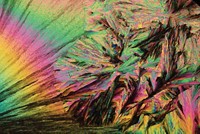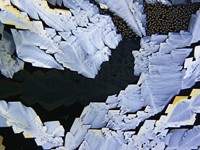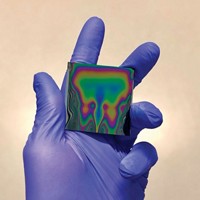Advertisement
Grab your lab coat. Let's get started
Welcome!
Welcome!
Create an account below to get 6 C&EN articles per month, receive newsletters and more - all free.
It seems this is your first time logging in online. Please enter the following information to continue.
As an ACS member you automatically get access to this site. All we need is few more details to create your reading experience.
Not you? Sign in with a different account.
Not you? Sign in with a different account.
ERROR 1
ERROR 1
ERROR 2
ERROR 2
ERROR 2
ERROR 2
ERROR 2
Password and Confirm password must match.
If you have an ACS member number, please enter it here so we can link this account to your membership. (optional)
ERROR 2
ACS values your privacy. By submitting your information, you are gaining access to C&EN and subscribing to our weekly newsletter. We use the information you provide to make your reading experience better, and we will never sell your data to third party members.
Biological Chemistry
Chemistry In Pictures
Chemistry in Pictures: Turns out you can rush art
by Alexandra Taylor
May 3, 2018

This sample of inositol—a sugar—crystallized quickly, creating these cracks and colors. Artist Chris King magnified the inositol 100× under a polarized light microscope, which allowed him to observe the different thicknesses of the crystal based on the colors. If the crystal had cooled more slowly, it wouldn’t have as many cracks, wouldn’t have circular air bubbles trapped inside, and wouldn’t have so many colored areas because the thickness would be more constant throughout. The gray-brown areas on top and bottom aren’t as bright because they are not thick enough to interfere with the polarized light.
Submitted by Chris King; follow him on Instagram at @the_masterpiece_inside
Do science. Take pictures. Win money. Enter our photo contest here.
Related C&EN Content:





Join the conversation
Contact the reporter
Submit a Letter to the Editor for publication
Engage with us on Twitter